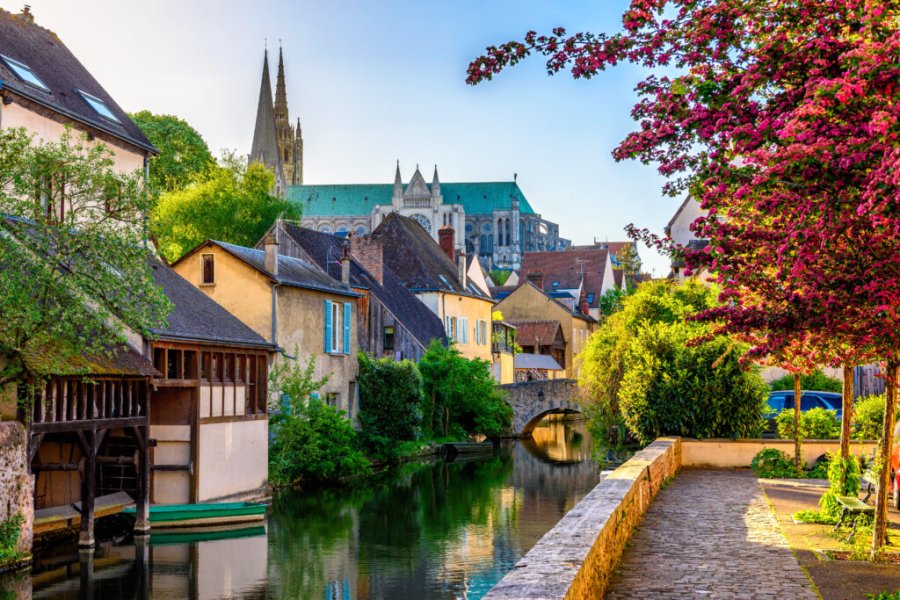Travel Guide Hasbaya
Find an accommodation
Advertising
10 km from Marjayoun, this village built in an amphitheatre on the slopes of a hill shelters the palace-fortress of the Shehab amirs. Originally, it was a 12th century watchtower fortified by the Chehab then in the 17th century, it became a palace in the style of Italian Renaissance palaces. The site is still well preserved and is well worth a quick visit.At the level of the portal, one can see the emblematic lion carved on each side. The lion is chained and faces a rabbit. Two new lions are visible in the arch of the entrance. The palace has 65 rooms, the largest of which (on the second floor) is decorated with wall paintings and sculptures (fleur-de-lys and star). The old balconies, the remarkable windows and the serrated arcades are magnificent. The citadel is still inhabited (on the second and third floors) by members of the Chehab family.In 1860, in the courtyard of this palace (150 m long and 100 m wide) took place the massacre of 900 Christians by Druze with the complicity of the Ottomans. The site was not spared by the Israeli army, which bombed it several times between 1978 and 2000.The mosque adjacent to the palace dates from the 13th century and has a magnificent hexagonal minaret inlaid with coloured stones.On the road leading from Hasbaya to Marjayoun, in the centre of a pine forest, is the souk al-khan. The remains of a former khan of the 17th century can be seen there, where Ali, the son of Amir Fakhreddine Ma'an, is said to have been killed.
What to visit Hasbaya?
Advertising
Suggested addresses Hasbaya
Weather at the moment
Advertising
Organize your trip with our partners Hasbaya
Transportation
Book your plane tickets
Car Rental
Boat rental
Accommodation & stays
Find a hotel
Holiday rental
Find your campsite
Tailor-made trip
Immersion travel
Services / On site
Activities & visits
Find a doctor





